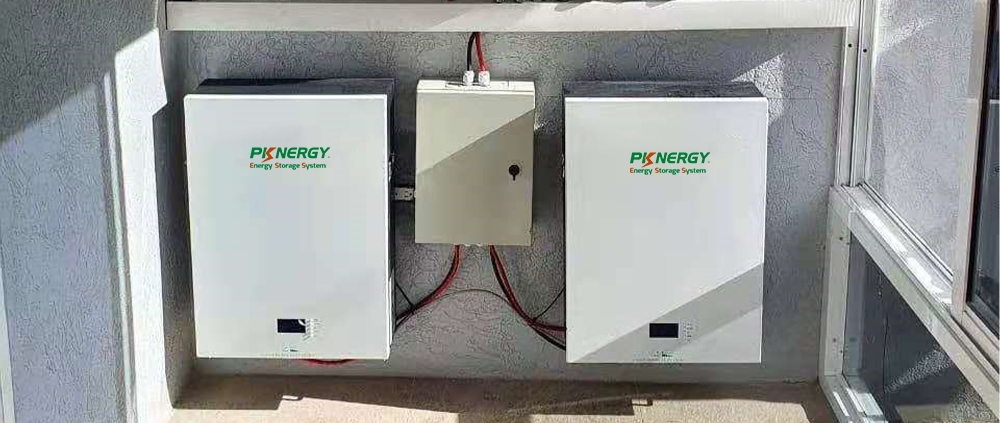Increased energy efficiency: How Powerwall saves homeowners and businesses money
Due to global events, energy prices have seen a significant increase this year. The surge in electricity prices, which is the most commonly used energy source in our daily lives, has prompted many of us to seek ways to reduce our electricity bills.
Some opt to selectively power down appliances or restrict usage to non-peak hours. However, certain essential devices, like air conditioners or critical production machinery, need to run continuously. Others explore the option of adopting alternative energy sources, such as installing solar panels or wind turbines.
Now, individuals have a highly effective solution for managing their electricity expenses – the installation of a Powerwall at home. Introducing a Powerwall or any energy storage system can yield a range of advantages for both homeowners and businesses. The key benefits of a Powerwall and how it contributes to cost savings include:
- Providing backup power during grid outages, ensuring crucial equipment and systems remain operational.
- Enabling the storage of energy during off-peak times for use during peak electricity pricing, resulting in lower energy costs.
- Allowing the accumulation of excess energy during periods of low demand, which can be utilized when demand is high, leading to more efficient electricity consumption.
- Serving as a reliable backup power source in regions prone to extreme weather conditions like hurricanes or winter storms, maintaining essential services.
- Assisting in stabilizing the voltage and frequency of the power system, mitigating risks associated with voltage instability.
- Overall, a Powerwall serves as a dependable emergency energy and storage solution, ensuring uninterrupted access to electricity at all times.
Powerwall installation manual
It’s important to note that attempting a DIY Powerwall installation is a high-risk endeavor, demanding a thorough understanding of electrical systems. Errors in this process can pose serious hazards. For safety reasons, it is strongly recommended to engage a professional installation team. We offer a Powerwall installation manual for reference purposes only:
Safety Precautions:
Work in a secure environment and adhere to all electrical safety guidelines. Utilize appropriate personal protective equipment (PPE).
Design and Planning:
Strategically plan the Powerwall layout, considering the number and arrangement of batteries. Calculate the required capacity and voltage.
Battery Connection:
Connect individual cells in series and parallel configurations to achieve the desired voltage and capacity. Ensure proper insulation and secure connections.
Battery Management System (BMS) Installation:
Link the BMS to each battery for even charging and discharging, preventing overcharging or over-discharging.
Busbars and Wiring Connection:
Utilize busbars, connectors, and wiring to link the batteries together and connect them to the BMS.
Inverter Installation:
Connect the inverter to the battery bank, ensuring compatibility with the Powerwall’s voltage and capacity. PKNERGYPOWER offers an All-In-One ESS, integrating the battery and inverter, which not only saves space but also enhances safety.
Enclosure and Ventilation:
House all components in a well-ventilated enclosure, ensuring proper cooling.
Safety Cutouts and Fuses:
Install air switches and fuses to protect against overloads and short circuits.
Testing and Calibration:
Verify the Powerwall’s functionality to ensure correct charging and discharging. Confirm that BMS data is within normal range.
Powerwall questions you care about
The installation of a backup energy system demands meticulous design and superior product quality to guarantee seamless operation when needed most. The following questions may arise during Powerwall installation:
Can Powerwall be installed outdoors?
Depending on the waterproof capabilities of the selected model, the Powerwall can be installed outdoors, provided it is housed in a suitable weatherproof enclosure. PKNERGYPOWER offers high-quality Powerwalls equipped with an IP65 rating to ensure maximum safety.
Can the Powerwall be used off-grid?
Yes, the Powerwall can function in an off-grid environment. It is engineered to store energy from solar panels or the grid, providing power during outages.
Can I charge the Powerwall with a generator?
Yes, a generator can be connected to the Powerwall to either store or utilize electricity.
PKnergypower sets different voltages and capacities for different usage scenarios to meet customers’ needs to complete the best powerwall solution. contact with professionals immediately.





